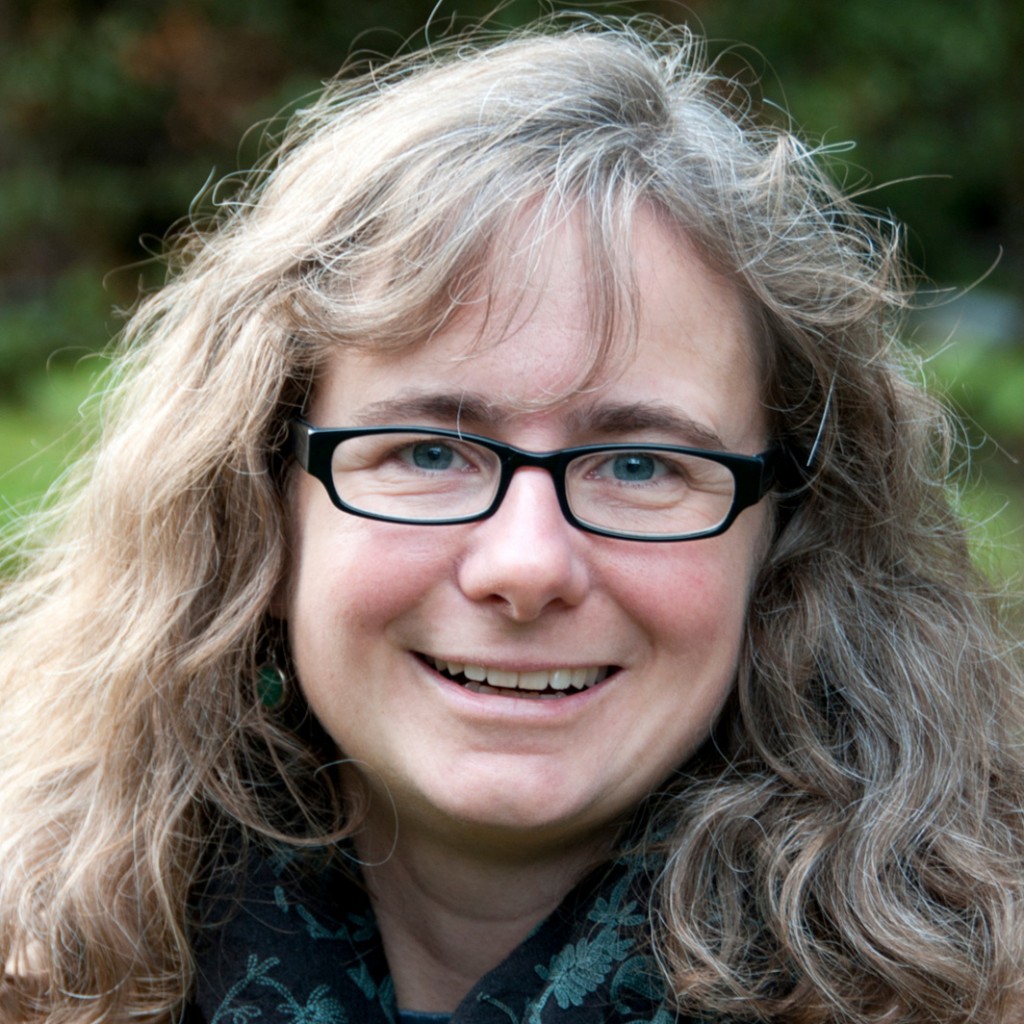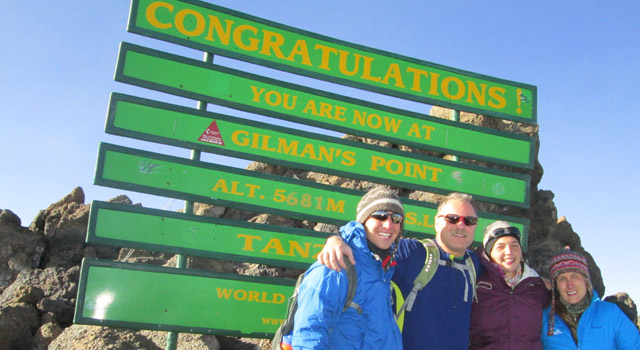Page 11 • (191 results in 0.024 seconds)
-
As part of our commitment to continuous improvement, Student Life publishes an annual report highlighting progress toward key strategic priorities, highlights of annual departmental work and points
students who identify as Black, Indigenous, Latinx, and Trans/Non-Binary. Strategic Tactic No. 2 | Student Leadership Define and develop Student Life contributions to university-wide student leadership learning, including exploring current programs (e.g., DJS Coalition) as opportunities for multi-year, high-impact practices that support equitable student retention and progression. Strategic Tactic No. 3 | Wellbeing Ecology Expand PLU’s wellbeing ecology with an emphasis on promoting equity of access to
-
Over the years, many individuals and organizations have contributed to the scientific research and conservation efforts of Clover Creek Watershed.
Studies at PLU since 1992 Department of Ecology – State of Washington Donovan Gray, Water Quality Specialist
-
The Burton Ostenson Natural History Museum at Pacific Lutheran University houses over 10,000 preserved animal specimens collected and preserved by PLU faculty, students, and member of the Tacoma
enumerated.UseMuseum specimens are used by students in PLU courses as tools for exploring biodiversity. Having access to a diversity of preserved specimens gives PLU students a unique opportunity to directly interact with diverse organisms in ways that would otherwise not be possible. Current courses that utilize museum specimens include: BIOL 226 (Genes, Evolution, Diversity, and Ecology); BIOL 352 (Comparative Anatomy); BIOL 353 (Invertebrate Zoology); BIOL 354 (Natural History of Vertebrates); BIOL 355
-
Caring for God’s gift of biodiversity Conservation of the Earth, its animals, plants and resources isn’t only the right thing to do, but it’s how God intends for men and women to tend to His creation. That will be the gist of a lecture –…
attended Union Theological Seminary in New York for his masters. He received his bachelors of arts degree from Earlham Collage in Indiana. He will publish the article “Thinking Globally and Thinking Locally: Ecology, Subsidiary and Multiscalar Environmentalism” in the Journal for the Study of Religion in 2008. He has spoken extensively on environmentalism and spirituality, including a lecture in May titled “Can Sacramentalism Save Biodiversity?” that was presented at the American Academy of Religion
-
Cacioppo, John T., & Patrick, William. (2008). Loneliness: Human nature and the need for social connection (1st. ed). Norton. (PLU Library link) Hargittai, Eszter. (2022).
). Lawrence Hill Books. (PLU Library link) Jenkins, Willis, Tucker, Mary Evelyn, & Grim, John (Eds.). (2018). Routledge handbook of religion and ecology. Routledge, Taylor & Francis group. (PLU Library link) Ray, Sarah J., Sibara, Jay, & Alaimo, Stacy. (Eds.). (2017). Disability studies and the environmental humanities: Toward an eco-crip theory. University of Nebraska Press. (Link to purchase book) Watts Belser, Julia. (2020). Disability, climate change, and environmental violence: The politics of
-
Healthy watersheds have lots of different plants in riparian zones, which provides shade and prevents flooding and erosion.
up water canal. For more information on watershed health and how you can get involved with your local watershed, check out this online Streamkeeper’s Handbook and the Chambers-Clover Creek Watershed Council website. Below, we will show you how your everyday actions can affect your local watershed and community, and how you can help improve the health of your watershed! Other Resources to Learn More: Pierce County Watersheds Clover Creek Watershed Council Washington Department of Ecology Getting
-

Nonfiction | MFA in Creative Writing - Low Residency | Wendy Call (she/her) is the co-editor of the craft anthology Telling True Stories: A Nonfiction Writers’ Guide (Penguin, 2007) and the new annual Best Literary Translations (Deep Vellum, 2024).
, anthropology, sociology, and ecology. I open the box, pass around the tools, and we build things (good, not-so-good, and most of all, instructive) together.
-

Anthony Markuson ’14, Bill Pursell (Kelsie Leu’s uncle), Anna McCracken ’13, and Leu ’13 summited Mt. Kilimanjaro to celebrate the end of their study away experiences. One step at a time By Chris Albert The guides up the mountain keep a cadence of “pole, pole”…
will call me back.” Last spring, the three friends realized they were all going to be studying in Africa for the fall semester. McCracken had plans to travel to South Africa to study social and political transformation. Leu would be in Zanzibar, where she would study coastal ecology and work on a waste-management program. Markuson, who intends to go to medical school after graduation, would be in Botswana where he would work on community health issues. Africa is a big place. But they knew they had
-

In collaboration with the Wang Center for Global and Community Engaged Education , the Mortvedt Library has organized an exhibit in honor of the 11th Biennial Wang Center symposium : “ The Matter of Loneliness: Building Connections for Collective Well-Being. ” This two-day conference will…
: Reclaiming the African American environmental heritage (1st ed). Lawrence Hill Books. (PLU Library link) Jenkins, Willis, Tucker, Mary Evelyn, & Grim, John (Eds.). (2018). Routledge handbook of religion and ecology. Routledge, Taylor & Francis group. (PLU Library link) Ray, Sarah J., Sibara, Jay, & Alaimo, Stacy. (Eds.). (2017). Disability studies and the environmental humanities: Toward an eco-crip theory. University of Nebraska Press. Watts Belser, Julia. (2020). Disability, climate change, and
-
Monday May 20, 2024 2:00-6:00pm in Rieke 103B
support this year. 2:20-2:40pm, Environmental Impact Assessment of the Use of Nano-Phytoremediation in the Remediation of Former Washington State Orchards of Lead and Arsenic Soil Pollution Rebecca SmithThe extensive use of lead arsenate, an insecticide used during the early 1900s, led to the accumulation of lead and arsenic in the soils of former orchards within Central Washington. The current methods that are used to remediate lead and arsenic from soil by the Washington Department of Ecology are
Do you have any feedback for us? If so, feel free to use our Feedback Form.


